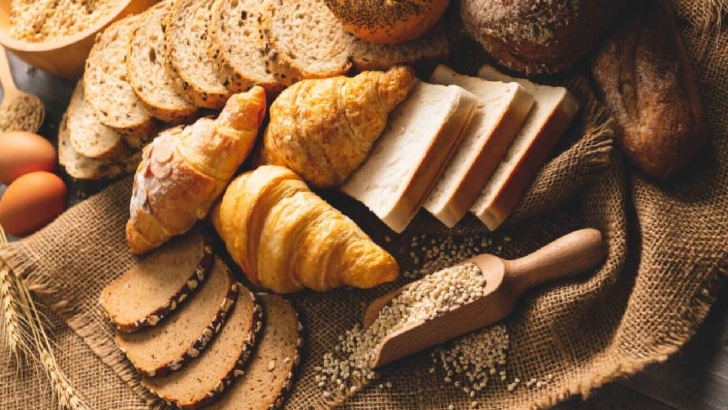By: Emmanuel Amoah
For people living with diabetes, choosing the right type of bread is essential to maintaining stable blood sugar levels. While white bread is best avoided, healthier alternatives like whole wheat and oat bread offer more nutritious options. Bread, a breakfast staple enjoyed with eggs, spreads, or cheese, can still be part of a diabetic-friendly diet if chosen carefully.
Since bread contains carbohydrates, it can cause blood sugar levels to rise, increasing the risk of diabetes-related complications. Does this mean you should cut bread out entirely? Not necessarily—diabetics can enjoy bread as long as they opt for the healthiest choices.
Why White Bread is Bad for Diabetics
White bread is made from refined flour, which has a high glycemic index (GI), meaning it can lead to a quick spike in blood sugar levels. During the refining process, much of the bread’s fiber, vitamins, and minerals are stripped away, leaving behind a product that is quickly digested and absorbed. This rapid digestion makes managing blood sugar levels more difficult for diabetics.
Traditional Indian breads like whole wheat roti or chapatti are often better alternatives to white bread, as they are typically made from whole grain flour, which is higher in fiber. Fiber helps slow down sugar absorption, improving blood sugar control. However, portion sizes and the type of flour used should still be considered.

Best Bread Options for Diabetics
While Indian flatbreads may work well for dinner, here are five other breads that diabetics can enjoy throughout the day:
- Whole Wheat Bread
Whole grain options like whole wheat or oat bread are rich in fiber, which helps slow down sugar absorption, according to the American Diabetes Association. Whole wheat bread can also keep you feeling fuller for longer, reducing the risk of overeating. - Multigrain Bread
Multigrain bread is made from a mix of grains like whole wheat, oats, millet, and flax seeds. This combination offers a higher fiber content and a lower GI, making it a good option for managing blood sugar. The variety of grains also provides a broader range of nutrients. - Rye Bread
A 2022 study published in Frontiers in Nutrition found that rye-based foods, including rye bread, can improve insulin sensitivity and glucose control. The fiber content in rye bread helps regulate blood sugar levels, particularly after meals. - Sourdough Bread
Research published in Critical Reviews in Food Science and Nutrition in March 2024 suggests that sourdough bread may help lower postprandial glycemia, the rise in blood sugar after a meal. The fermentation process in sourdough lowers its GI, making it slower to digest and less likely to cause blood sugar spikes. - Oat Bread
Oat bread, highlighted in a 2011 study in the Iranian Journal of Endocrinology and Metabolism, is another great option for diabetics. Oats are rich in beta-glucan, a soluble fiber that helps manage blood sugar and reduce cholesterol levels.
By choosing these healthier bread options, diabetics can still enjoy this common food without compromising their blood sugar control.






